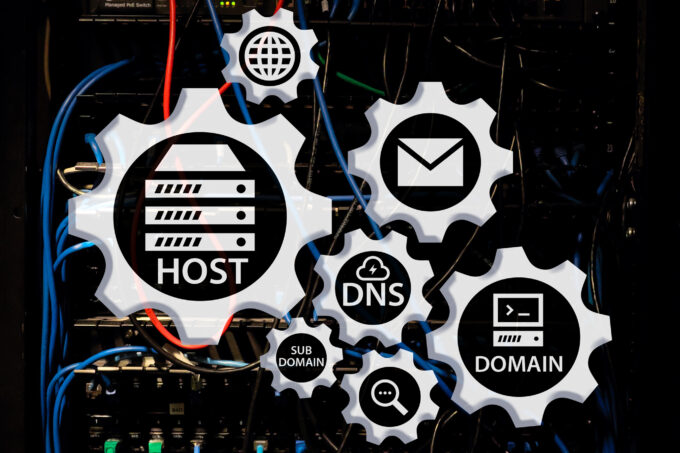In today’s digital age, having a strong online presence is essential for individuals and businesses alike. One of the fundamental elements of establishing your presence on the internet is owning a website domain. In this blog post, we’ll dive into the basics of domains, how to obtain one for your website, the associated costs, and more.
What is a Website Domain?
A website domain is the address that users type into their web browsers to access your website. It serves as your website’s unique identifier on the internet, making it easier for visitors to find and access your content. Domains are typically composed of two main parts: the actual name of your website (also known as the second-level domain) and the domain extension or top-level domain (TLD). For example, in the domain “example.com,” “example” is the second-level domain, and “.com” is the TLD.
How Can I Get a Domain for My Website?
Obtaining a domain for your website is a straightforward process. There are numerous domain registrars available online where you can search for the availability of your desired domain name. Once you find an available domain, you can register it by providing some basic information and paying the registration fee. Typically, domain registrations are for a specific period, such as one year, and can be renewed before they expire.
How Much Does a Website Domain Cost?

The cost of a website domain can vary depending on several factors, including the domain registrar, the domain extension (TLD) you choose, and any additional services or features you may opt for. Common TLDs like .com, .net, and .org are usually more affordable, while specialized or country-specific TLDs might have higher price points. On average, a standard domain registration may cost anywhere from $10 to $50 per year.
Which Domain is Best for a Website?
Selecting the right domain for your website is crucial, as it can impact your online brand and search engine rankings. In most cases, a .com domain is considered the most desirable and widely recognized option. It is often associated with credibility and professionalism. However, if your website caters to a specific country or niche, you might want to consider a country-code TLD (ccTLD) or a relevant TLD that aligns with your content.
What is DNS, and Who Manages It?
DNS stands for Domain Name System, and it is the underlying technology that translates human-readable domain names into IP addresses, allowing computers to communicate with each other over the internet. The management of DNS is decentralized and distributed across various DNS servers worldwide. Organizations like the Internet Corporation for Assigned Names and Numbers (ICANN) oversee the allocation and administration of domain names and IP addresses. Simply put – it’s a small database which routes various aspects of your domain. It tells computers and other entities where things such as hosting, email and sub-domains are in relation to your domain. There are other special records that can authenticate your domain or prevent spam as well.
Can I Have an Email with My Domain?
Yes, having a personalized email address with your domain is a common and professional practice. Many domain registrars offer email hosting services along with domain registration. This allows you to have email addresses like “[email protected],” adding a touch of professionalism to your communications. Keep in mind that email takes space and uses your hosting space if hosted on the same server with your website.
What is a Sub-domain or Second-level Domain?
A sub-domain is a part of a larger domain, creating a hierarchy within the main domain. It allows website owners to divide their website into separate sections or direct visitors to specific content. For example, if your main domain is “example.com,” a sub-domain could be “blog.example.com” for your blog section. Don’t confuse your own sub-domains with getting a second level domain from a hosting provider. Such domains might be free, but you will never have control or be able to migrate their registrar.
Can I Move My Domain Registration Without Losing the Website?

Yes, you can transfer your domain registration between different domain registrars without losing your website. Domain transfer processes are generally straightforward and involve obtaining an authorization code from your current registrar and initiating the transfer with the new registrar. However, it’s essential to follow the specific guidelines provided by both registrars to ensure a smooth transition. Tip: transfer first, cancel last.
Conclusion
Understanding the world of domains is essential for anyone looking to establish a strong online presence. From choosing the right domain name and TLD to managing DNS and transferring registrations, these basics will serve as your stepping stones to navigate the digital landscape with confidence. Whether you’re a blogger, entrepreneur, or small business owner, securing a domain is the first step toward claiming your place on the internet. So, take the plunge and begin your online journey today!



